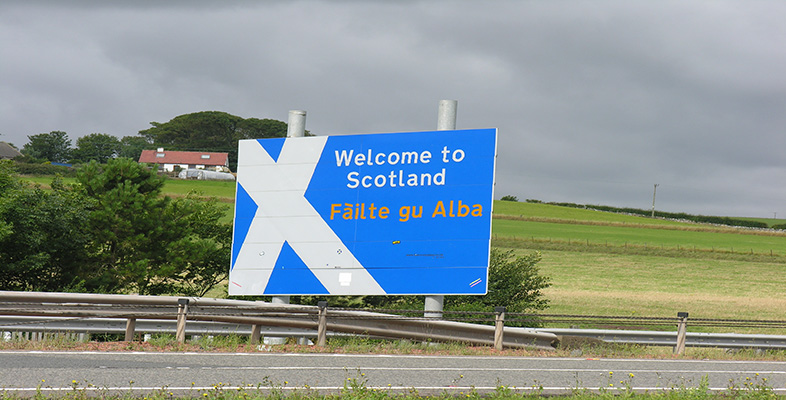1 Gaelic as a national language of Scotland
1.1 Introduction
Modern Scotland, like most nations of the world, is a multilingual entity with a complex linguistic history. In many people’s eyes, Gaelic belongs predominantly to the Highlands and (west coast) Islands, but the linguistic division of Scotland along the Highland/Lowland line reflects only the latter part of the country’s long history.
Indeed, of recorded Scottish languages, Gaelic defers solely to English with regard to its maximum geographical extent. The only modern administrative regions which have no significant Gaelic heritage are the Northern Isles of Orkney and Shetland, which remained outside the Scottish kingdom (and the later ‘Gàidhealtachd’) at the time of Gaelic pre-eminence and whose inhabitants view themselves as belonging largely to the Norse sphere of influence. In this section, we will explore the links between Gaelic and Scotland, both Highland and Lowland.
